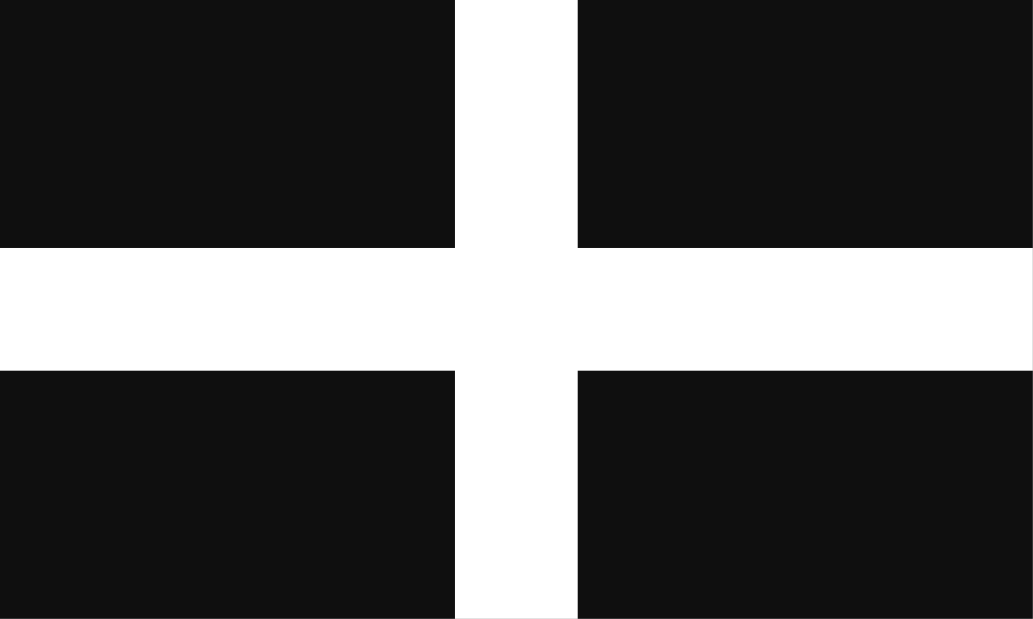The Royal Duchy of Cornwall is a county of astounding landscapes and distinct identity in the very south-west of Britain: Land’s End is the westernmost point of mainland England, and the Lizard its southernmost. Twenty-eight miles south-west of Land’s End lie the Isles of Scilly.
Cornwall is triangular in shape, surrounded to the north and south by the sea and on the east by the River Tamar, which forms the border with Devon almost from coast to coast.
Both coasts provide breathtaking scenery, its granite cliffs beaten by the full force of the Atlantic. Southern Cornwall is a little more protected and has long, twisting creeks bringing the tide deep into the land, which were once ideal for smugglers. Inland are farms and moorland.
The almost moors and hills are rich in prehistoric remains; a testament to the resilience of ancient construction in stone where there is little timber.
Cornwall’s rough and rugged landscape has inspired poets, novelists and artists for centuries. The old industries (or at least the lawful ones) were tin mining (now practically ended after 3,000 years), fishing, and subsistence grazing on the moors. Now tourism dominates, drawn by Cornwall’s beauty and fine weather.
The Prince of Wales is Duke of Cornwall, the Duchy owning much of the county. Historically Cornwall was a separate kingdom, being absorbed into English Wessex only in the 9th or 10th century. In latter years Cornishmen have been reasserting their distinctive identity and even reviving the Cornish language (similar to Welsh), which died out as a language of conversation in the 18th century but flavours most of its place-names.
County Facts
County Town: Bodmin
Main Towns: Bodmin, Bude, Falmouth, Fowey, Launceston, Lostwithiel, Mousehole, Padstow, Penzance, Redruth, St Austell, St Ives, Truro, St Neots, Saltash, Tintagel.
Main Rivers: Tamar, Camel, Fal, Fowey, Truro, Kenwyn, Allen.
Highlights: Bodmin Moor; Lands End; Lanhydrock house; Mevagissey; Merry Maidens stone circle; St Michael’s Mount.
Highest Point: Brown Willy, 1,375 feet.
Area: 1,349 sq miles
Flower: Cornish Heath
Day: 5th March (St Piran’s Day)



